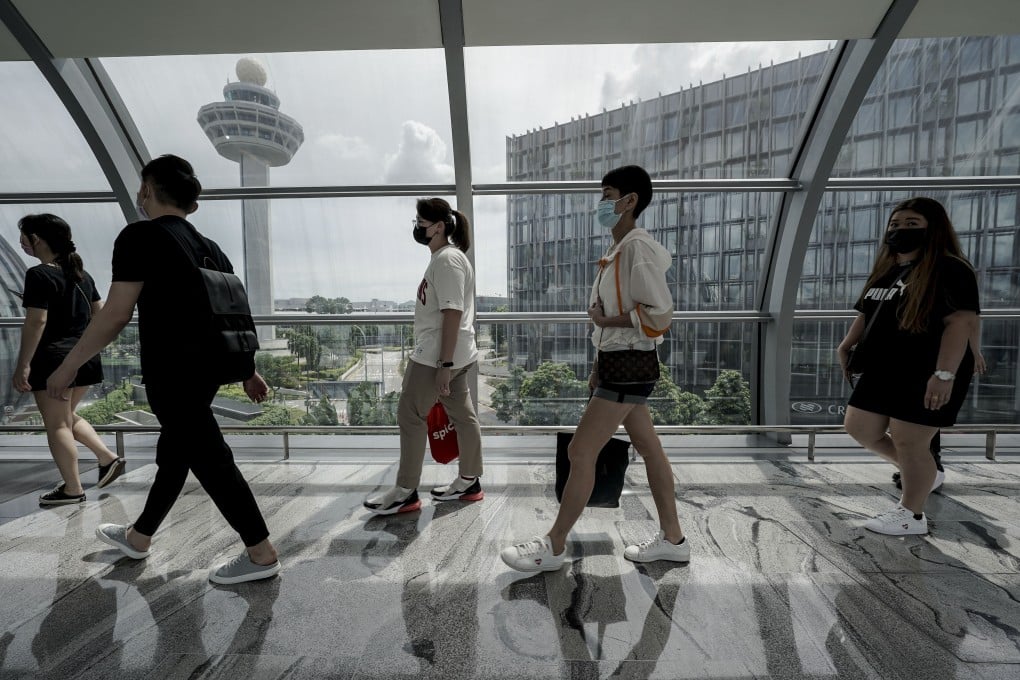Advertisement
Explainer | Hong Kong-Singapore travel bubble to start May 26 – all you need to know about vaccinations, tests and contact tracing
- Quarantine-free travel between two Asian air hubs will begin before the summer school holidays in a boost for tourism
- Hong Kong says only vaccinated people can travel but the requirement won’t apply to those from Singapore. Those above the age of six will need four Covid-19 tests in total and should expect to spend HK$2,845 (S$485)
Reading Time:5 minutes
Why you can trust SCMP
21

It’s finally happening. What are the details?
Quarantine-free travel between Singapore and Hong Kong will begin on Wednesday, May 26 for travellers irrespective of nationality who have remained in either city for 14 consecutive days before their date of departure. The 14 days will exclude any compulsory quarantine period.
The bubble starts with one flight a day from each city carrying up to 200 travellers per flight. From June 10, this will be increased to two flights a day from the two cities with up to 200 passengers on each flight.
Advertisement
The number of flights will be allocated equally between Singapore Airlines and Cathay Pacific. Flight numbers for the designated travel bubble flights will be SQ882 and CX734 for the Singapore-Hong Kong route and SQ883 and CX759 for the Hong Kong-Singapore route.
Flight prices shot up after the announcement. A one-way Singapore Airlines flight to Hong Kong in early May before the bubble is priced at S$286.10 (HK$1,675), but a return ticket departing on May 26 costs upwards of S$776.10 (HK$4,544) as of 1.30pm on Monday. Meanwhile a one-way bubble flight on Cathay Pacific costs HK$4,133 (S$705).
Do only vaccinated people qualify?
Advertisement
Advertisement
Select Voice
Choose your listening speed
Get through articles 2x faster
1.25x
250 WPM
Slow
Average
Fast
1.25x